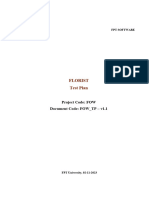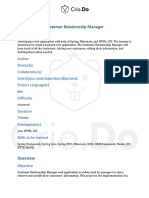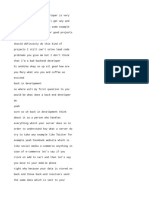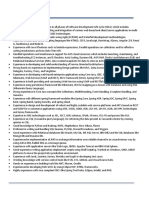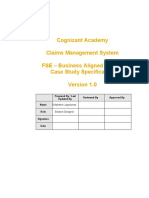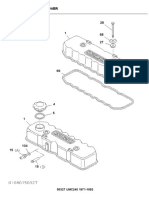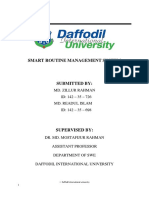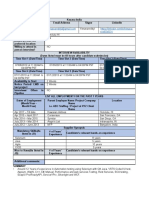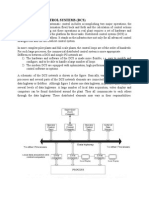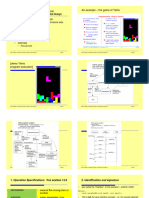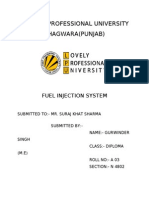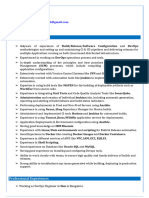0% found this document useful (0 votes)
391 views8 pagesMidas Lab
1. The AccountController handles HTTP requests for user accounts, including creating new accounts using a Temporal workflow and retrieving a list of existing accounts.
2. The Account model represents a user account with fields like name, email, and added fields for the payment provider type and ID.
3. The CreateAccountDto defines the request body for creating a new user account, with fields for name, email, and added fields for the payment provider type.
Uploaded by
Anand ThakurCopyright
© © All Rights Reserved
We take content rights seriously. If you suspect this is your content, claim it here.
Available Formats
Download as PDF, TXT or read online on Scribd
0% found this document useful (0 votes)
391 views8 pagesMidas Lab
1. The AccountController handles HTTP requests for user accounts, including creating new accounts using a Temporal workflow and retrieving a list of existing accounts.
2. The Account model represents a user account with fields like name, email, and added fields for the payment provider type and ID.
3. The CreateAccountDto defines the request body for creating a new user account, with fields for name, email, and added fields for the payment provider type.
Uploaded by
Anand ThakurCopyright
© © All Rights Reserved
We take content rights seriously. If you suspect this is your content, claim it here.
Available Formats
Download as PDF, TXT or read online on Scribd
/ 8




